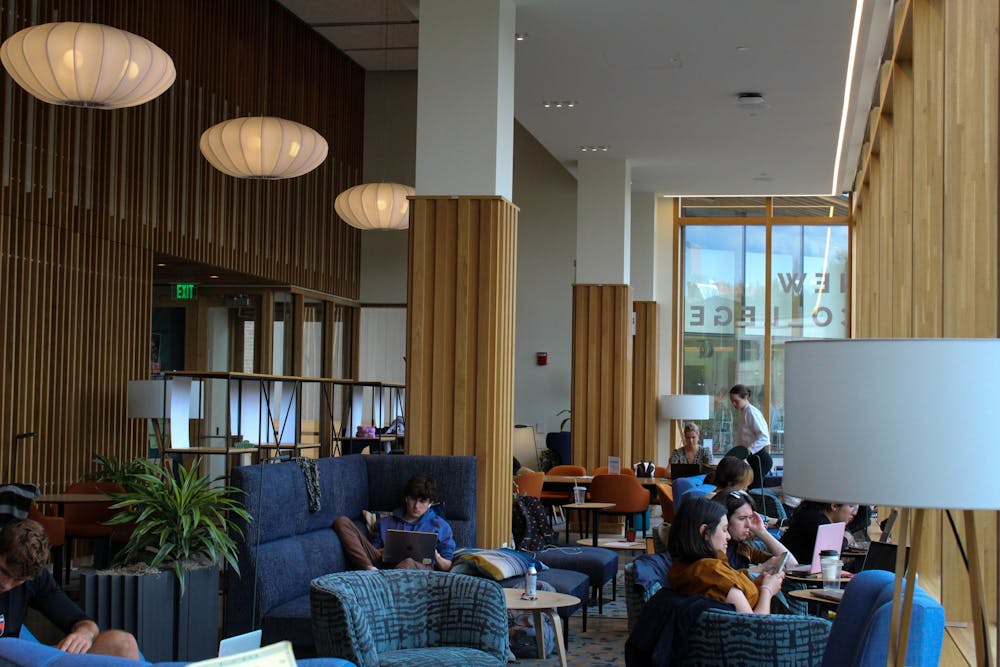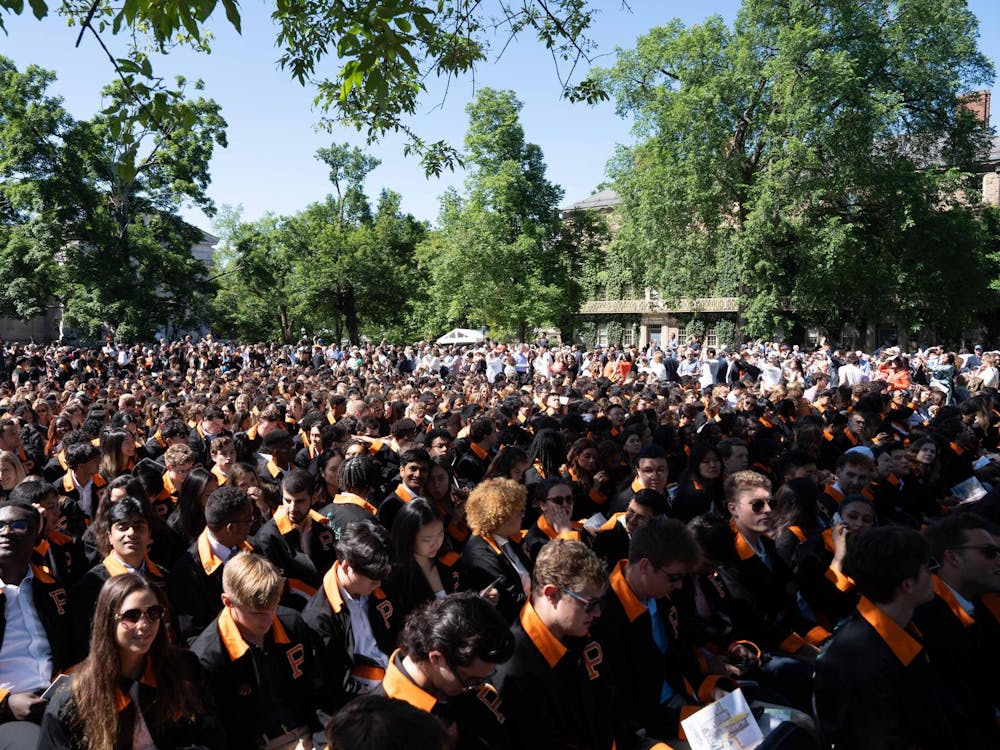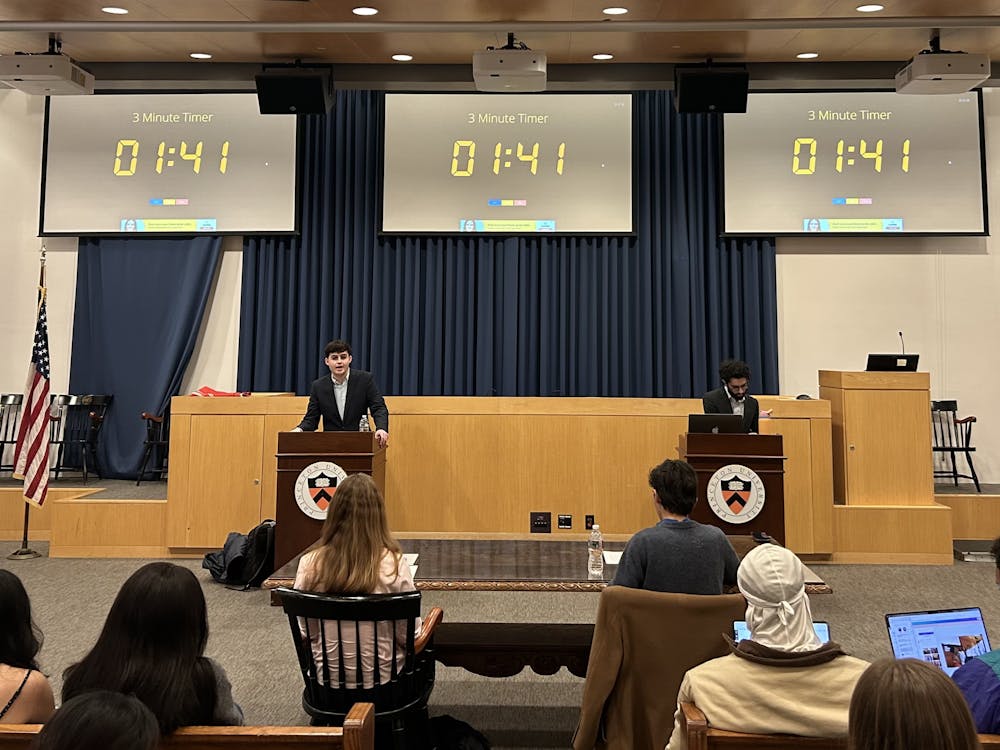With the Supreme Court’s June 29 ruling in Students for Fair Admissions v. Harvard, race-based affirmative action officially came to an end.
Much ink has been spilled — and will continue to be in the coming weeks — by commentators bemoaning affirmative action’s judicial demise. For many months, the front pages of national media outlets have been littered with solemn pronouncements that affirmative action’s critics, or even the Supreme Court justices themselves, are guilty of anti-Black racism or are operating as nefarious agents of white supremacy. Many an alleged “legal expert” has claimed that race-based affirmative action is constitutionally justified simply because it’s the only way for universities to admit a sufficiently “diverse” crop of students. Our own university’s president has disparaged the Supreme Court’s ruling as “disappointing” and portrayed it as a threat to Princeton’s future.
I don’t seek to respond to these (or similar) claims here. I also realize that I won’t be able to reach hardened ideologues who retreated into their partisan corners the moment the Supreme Court handed down its ruling. Instead, I hope to persuade open-minded readers to see the Supreme Court’s ruling as a valuable opportunity for universities to overhaul how they view the meaning and importance of diversity among their students. Specifically, the court’s ruling should prompt an honest recognition of how affirmative action’s reduction of students to racial identifiers has abjectly failed to produce the diversity of background, perspective, and viewpoint that universities like Princeton ought to have.
In the aftermath of this decision, university leaders and admissions offices ought to reflect on the court’s original reasons for allowing affirmative action. What end did the justices who favored affirmative action see it as a means to fulfilling? Justice Sandra Day O’Connor, who authored the opinion giving affirmative action the Supreme Court’s imprimatur in Grutter v. Bollinger, was clear: the justification for affirmative action was expressly rooted in universities’ “compelling interest in obtaining the educational benefits that flow from a diverse student body.”
O’Connor argued that universities could, consistent with the Constitution, pursue a diverse student body through affirmative action as a part of their broader freedom to “select those students who will contribute the most to the ‘robust exchange of ideas’” — an objective she characterized as of “paramount importance” to the furtherance of a university’s mission. A diverse student body, she asserted, would allow universities to fulfill their educational duty to expose students to “widely diverse people, cultures, ideas, and viewpoints.” Of crucial note is the fact that affirmative action was not — and never was — considered permissible as a form of race-based reparations or as a means for enshrining specific metrics of racial “representation” (i.e. quotas).
When she wrote of the importance of true diversity in the university setting, O’Connor got it right. Universities should be seeking to form classes where a diversity of backgrounds and experiences are represented among their students. This is especially critical for non-sectarian universities like Princeton. Rather than promoting any particular ideology, cause, or worldview, our university’s mission is to equip students with the knowledge and tools to make those judgments for themselves. As such, admitting students of a diversity of backgrounds and experiences is intended to result in a student body with a diversity of viewpoints and perspectives — a must-have for non-sectarian universities.
Limiting what counts to the racial boxes an applicant checks off, as race-based affirmative action does, comes with serious pitfalls for pursuing the kind of diversity that universities owe their students. And the unique experiences that can accompany a student’s racial identity forms just one part of the diversity equation.
A Black student from Cambridge, Massachusetts with first-generation immigrant parents who are both doctors earning high six-figure incomes will undoubtedly matriculate with a very different set of experiences, perspectives, and views than a Black student from southeast Washington, D.C. who qualifies for full financial aid. The same for two Asian students — one whose father is an equity partner at WilmerHale, and the other whose father works three jobs to pay the bills. Or take the Latino student who organized abortion rights rallies in high school, and the Latino student who grew up praying the rosary every year at the March for Life. The Jewish student who supports Israel’s policies, and the Jewish student who doesn’t. The Trump-supporting, evangelical Protestant white student from East Tennessee whose parents rely on disability insurance to get by; the secular white student who chants “eat the rich” and means her wealthy parents, too.

The negative consequences of the current system’s singular focus on race are obvious. We know that the so-called “elite” universities of the United States — Princeton among them — are profoundly unrepresentative of the country’s diversity according to nearly every metric other than race. At Princeton, 90% of seniors voted for Joe Biden — despite only 60% of 18 to 29-year-olds doing so and the country as a whole being split nearly evenly. The university boasts that 60% of students receive financial aid grants — but downplays the fact that families earning annual incomes of $250,000 or less typically qualify (for reference, the Census Bureau estimates the median U.S. household income to be about $71,000). The poisons of self-censorship, ideological conformism, and anti-free speech attitudes are endemic on campus. In other words: despite affirmative action, students here are disproportionately wealthy, ideologically homogeneous, and vote as a bloc. We might “look like America” in a photograph, but beyond our skin color, we look more like the Upper East Side.
Twenty years after Grutter v. Bollinger and more than a half-century since race-based affirmative action policies began to be adopted by colleges and universities around the country, we know that affirmative action has objectively failed to deliver the diversity that O’Connor once spoke of. Affirmative action’s defenders — from Nassau Hall to the editorial pages of The New York Times — ought to recognize that cold, hard truth, and enthusiastically support post-affirmative action policies that treat diversity as something more than the mere color of an applicant’s skin or the boxes that they happen to check.
Matthew Wilson is a rising senior in the Department of Politics. He can be reached at mxwilson@princeton.edu.









